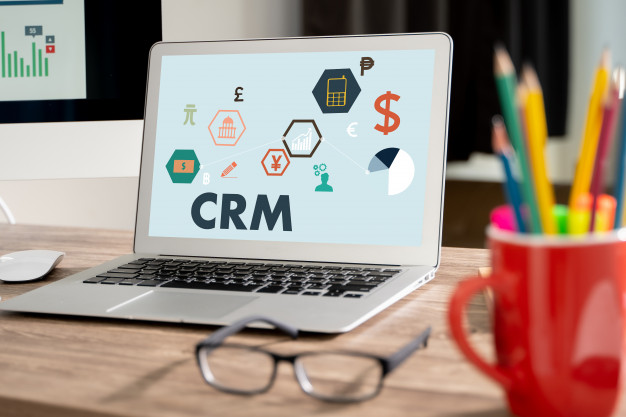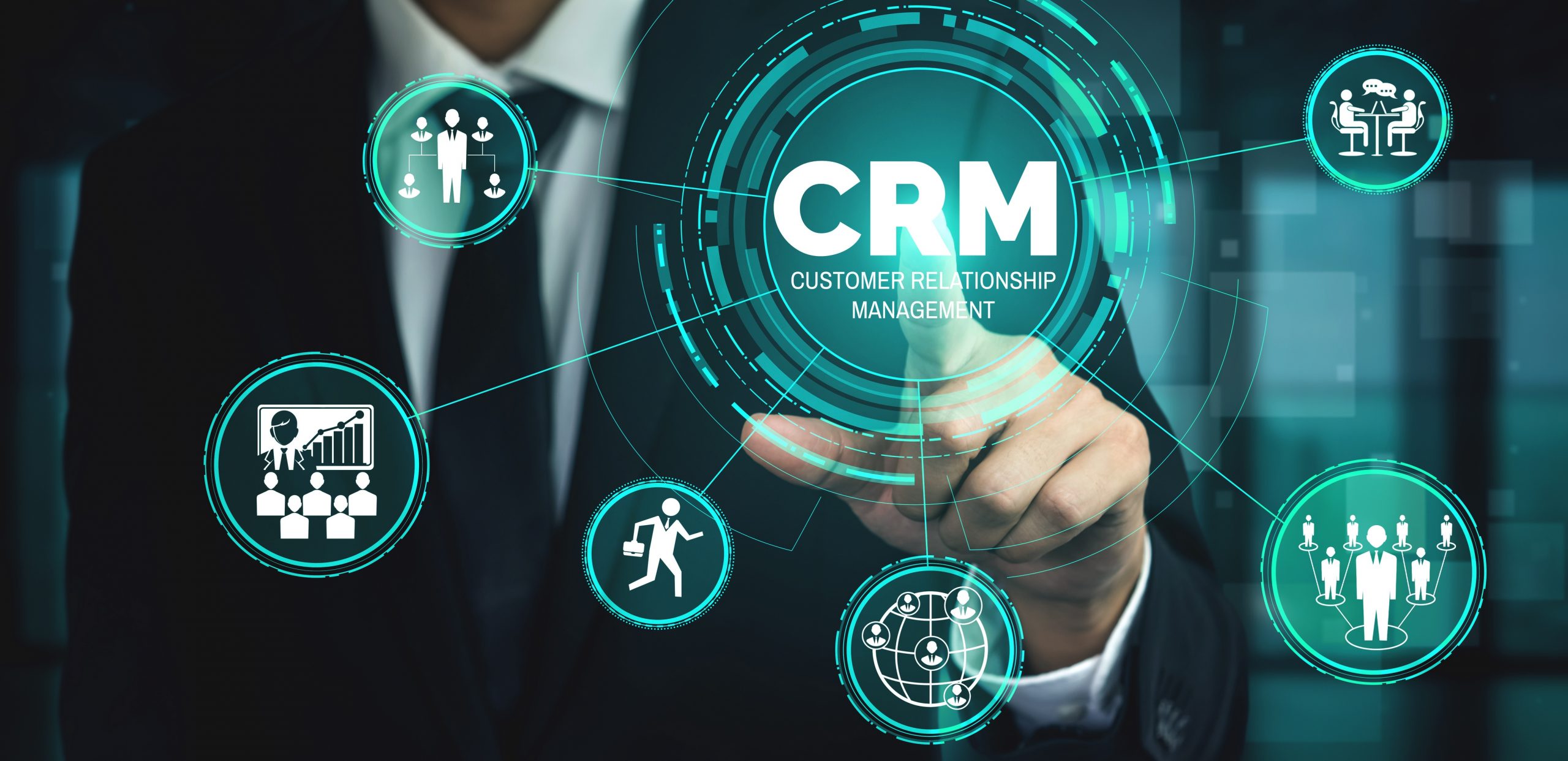6 Stages of Customer relationship management (CRM) is a corporate strategy to increase revenue and profits, reduce expenses and increase customer loyalty. The main goal of a customer relationship management system in business is to be a tool for businesses to retain customers (customer retention) so as to generate sustainable sales growth. This is a definite goal that is felt by the sales force.
However, a stages of customer relationship management system also has other objectives, including attracting potential customers and reducing costs. It is common knowledge that retaining existing customers is easier and cheaper than attracting new ones. Therefore, the purpose of customer relationship management is very abstract. However, the practical use of CRM software removes the abstractness.
What are the Benefits of Stages of Customer Relationship Management in Business?
There are many other benefits and uses stages of Customer Relationship Management for companies. More specifically, here are the benefits of a customer relationship management system:
- Faster and more efficient communication with clients
- Improved customer service
- Automate business, one of which is sales automation
- Increase the efficiency of sales, marketing, and customer service teams
- Improved data analysis and reporting
- Maximise upselling and cross-selling
- Increase sales and revenue

What are the Stages of Customer Relationship Management?
Although stages of Customer Relationship Management will play an important role in your business, you as an entrepreneur must also know some of the stages of Customer Relationship Management. Here are the stages of customer relationship management system:
1. Acquire New Customers
This stage has the aim of offering products well through satisfactory service. There are several ways you should do at this stage such as:
- Provide comfort to customers when they want to buy the products they need.
- Respond to customers’ wishes quickly and provide timeliness in the delivery process of their ordered goods.
- Promote the products offered by the company by giving a good initial impression to customers, so that it can affect the assessment of the company.
2. Adding Customer Value
As a company owner, you must be able to create good relationships with customers. This will affect customer loyalty to the company. You can start by listening to their complaints and keep trying to improve your service.
There are several ways you can improve your relationship with customers, such as up selling or offering the same product but with better quality. Or cross selling, which is a sales strategy that offers complementary products to the goods that customers already have.
3. Maintaining Customer Loyalty
Retaining customers will be the most difficult stage compared to the previous two stages. To maintain customer loyalty, you must continue to be consistent in providing the best service, so that the company and customer relationship will be well maintained, they can also trust the company thanks to good service.
Try to make time to listen to every customer’s needs such as serving customer dissatisfaction with the products offered by the company or just giving a greeting or reward on their special day (birthday for example). That way, the company can correct mistakes to improve its services.
What are the current trends in CRM systems? What are the trends that companies must pay attention to in order to be at the forefront of innovation?
CRM is a highly competitive and evolving system. The increasing demand for CRM makes it more and more discussed, from CRM strategies to CRM benefits and features. What are the latest CRM trends that companies should know? Check them out in the following article!
1. Prioritising customer experience
Nowadays, businesses are increasingly customer-centric. Customer experience is what differentiates one business from another, even with the same type of business. Customers will go to the place that provides the best experience for them. For this reason, companies must be able to provide a better experience than competitors. This is not just to attract new customers, but most importantly to encourage customer loyalty.
2. The rise of self-service
Today’s technological advancements make it easier to access information about anything. This also encourages customers to be more independent when searching for certain products or companies.
When making first contact with a company, customers usually perform services independently or often called self-service. Many buyers prefer to search for information about a company independently rather than having to ask customer care. Some find this system more convenient, faster, and easier for them.
3. Artificial Intelligence (AI)
Artificial intelligence (AI) currently plays an important role in many aspects of sales and customer service, including in CRM systems. A CRM system with AI helps the sales force make the right decisions by providing the right insights.
- Some of the roles of AI in sales provide benefits to companies, including”
- Ease in receiving and understanding data
- Sharper analysis capabilities
- Better data integrity
- Providing more personalised solutions to customers
4. Social CRM
Social media has become an important part of business, both in increasing sales, marketing, and customer service. Social CRM is the integration of social media with CRM systems. It allows businesses to interact and store data related to customers from various social networks such as Facebook, Line, Telegram, and WhatsApp API.
Thus, businesses can gain broader customer insights and provide better customer service. Social CRM also helps businesses run social campaigns and reach customers directly through the CRM system so that business coverage is wider.
5. CRM system integration with other systems
CRM systems that are flexible and easy to integrate with other systems are needed by companies. In a company, especially a large company, there is usually more than one system used. Integrating CRM software with various systems helps companies to achieve their business goals.
CRM systems are usually integrated with ERP (enterprise resource planning), social media, and Whatsapp. CRM integration with Whatsapp or often called Whatsapp CRM is increasingly being used by companies. This is because almost everyone currently uses Whatsapp. So, to reach customers more easily through the platform they use every day, Whatsapp CRM is a solution for businesses.
6. Mobile CRM
Nowadays, mobile CRM has become a necessity for companies if they want their sales force to actually use CRM software, even when they are in the field. Mobile CRM with live GPS check-ins helps businesses track the whereabouts of their sales team in the field and ensure they are performing their duties. With mobile CRM, access to the latest customer and sales data can be obtained anytime and anywhere when needed.
Stay updated with the latest CRM system trends
Companies must pay attention to the latest developments in CRM systems in order to move towards success. This does not mean that the company must have all the current trends. Make sure it must be aligned and can accommodate the ultimate goal to be achieved more effectively and efficiently.
And that’s the end of our explanation about Stages of Customer Relationship Management, hopefully the information we present is useful. See you in the next article.
